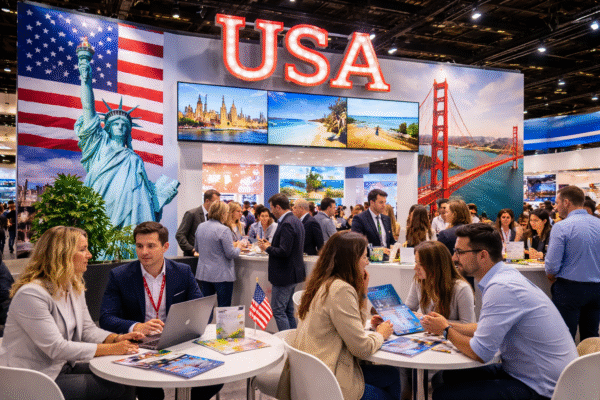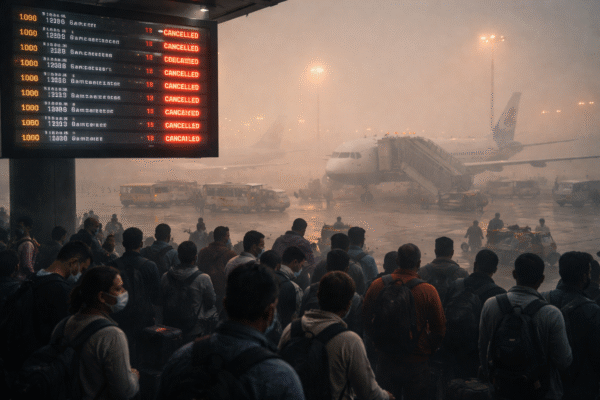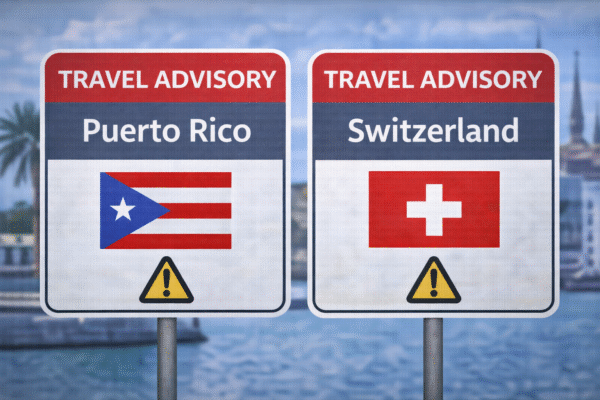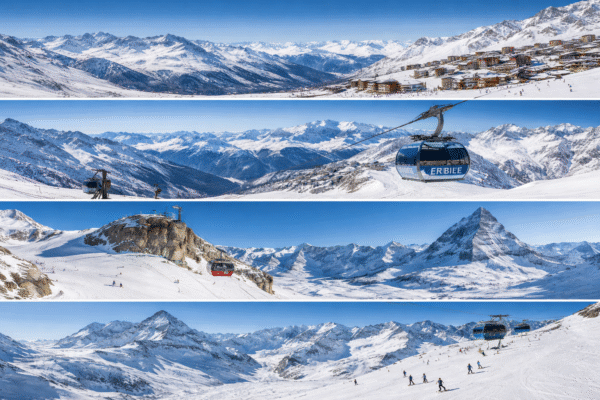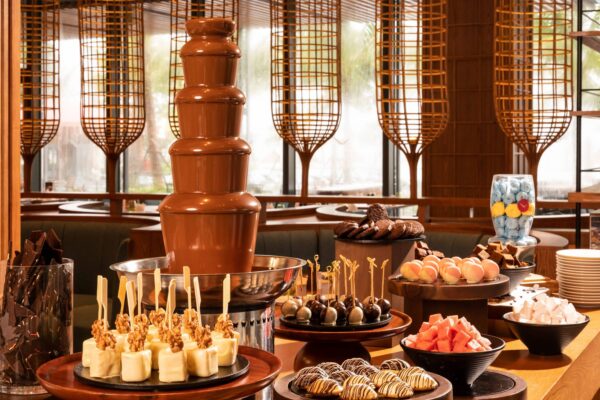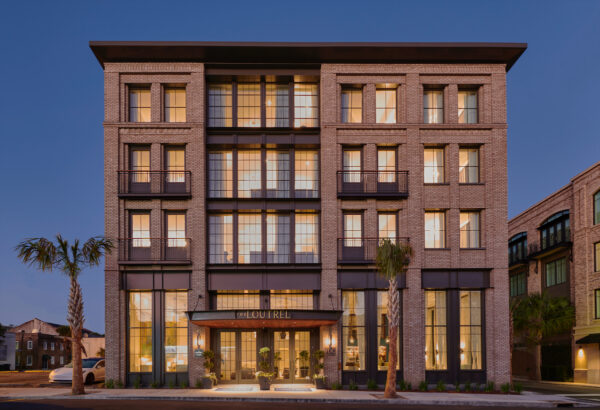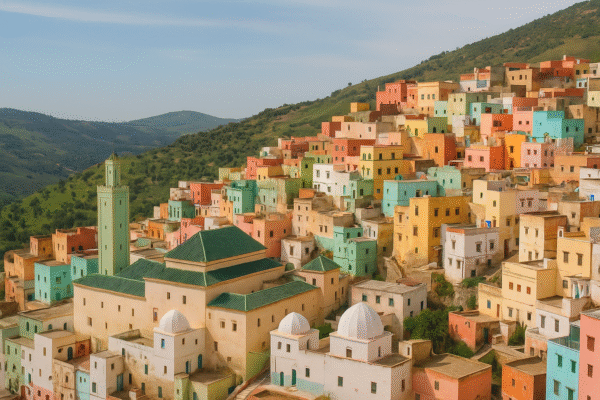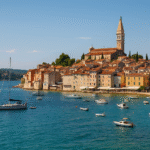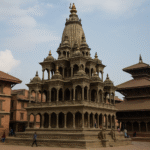Morocco’s Hidden Spiritual Jewel: Moulay Idriss Zerhoun
Nestled across two hillsides at the foot of Mount Zerhoun, Moulay Idriss Zerhoun is a serene pilgrimage destination that blends history, faith, and artistry. While the nearby “Blue City” of Chefchaouen attracts global attention, this sacred town retains a quieter charm, offering a deeper connection to Morocco’s cultural soul.
A Town Founded on Faith
The story of Moulay Idriss begins in the late 8th century when Idris I, the great-grandson of the Prophet Muhammad, arrived in Morocco after fleeing political unrest. He established his rule from the ruins of nearby Volubilis and laid the foundations for the Idrisid dynasty. After his death, his resting place in this hillside town became Morocco’s holiest shrine, drawing pilgrims from across the country.
For centuries, non-Muslims were not permitted to stay overnight in the town, and access to certain sacred sites remains restricted to Muslims. This preservation of religious integrity has helped Moulay Idriss maintain its spiritual essence even as tourism grows.
A Canvas of Color
Moulay Idriss stands out with its striking palette of colors—soft greens, corals, violets, and yellows—spilling down the steep hills. Each shade carries meaning in Islamic tradition: green for Paradise, white for purity, and other hues symbolizing blessings and protection. The result is a living watercolor painting, particularly captivating during sunrise and sunset when the light deepens the colors.
Unlike other tourist towns with uniform themes, this variety creates a layered visual charm that mirrors the town’s rich history.
Life at a Gentle Pace
Life here unfolds slowly. Narrow lanes lead to small squares where residents gather for conversation, and the scent of freshly baked bread and grilled meats drifts from family kitchens. Donkeys remain a common form of transport, carrying goods up the steep alleys. Visitors may encounter artisans hand-crafting tools, women painting henna designs, and children playing football in the streets.
Simple cafés serve mint tea alongside panoramic views, offering moments of rest for travelers climbing the town’s hilly paths. Local markets sell olives, honey, spices, and goat cheese—delicacies that speak to the agricultural traditions of the surrounding countryside.
The Sacred Heart
At the center lies the mausoleum of Idris I, a beautifully tiled complex that is the focal point of the town’s devotion. While only Muslims may enter the shrine itself, all visitors can admire its green-tiled roof, elegant arches, and whitewashed walls from surrounding viewpoints. The call to prayer echoes through the valley five times a day, underscoring the town’s identity as a living place of worship.
Festivals and Pilgrimage
Each summer, Moulay Idriss comes alive during the annual moussem in honor of Idris I. Thousands of pilgrims arrive, transforming the streets into a tapestry of music, prayer, and celebration. Processions, spiritual chanting, and traditional music fill the air, and the town’s square becomes a hub of hospitality. Temporary tents spring up to accommodate guests, while vendors prepare steaming plates of couscous, kefta, and harira soup.
For visitors, this is a unique opportunity to witness Moroccan faith and community spirit at its most vibrant.
A Gateway to History
Just a short distance away are the UNESCO-listed Roman ruins of Volubilis, with its mosaics, basilicas, and triumphal arches. Many travelers combine a visit to Volubilis with a stop in Moulay Idriss, either as a day trip from Meknes or as part of a longer exploration of the Fès-Meknès region. This combination offers a seamless journey from ancient Rome to early Islamic Morocco in the span of a few kilometers.
Getting There
While no direct train reaches Moulay Idriss, the town is easily accessed from Meknes via shared taxis or local buses. The drive takes less than 40 minutes, winding through olive groves and rolling hills. Its relative isolation has kept the atmosphere peaceful, but ongoing improvements in Morocco’s transport network are making the town more accessible without overwhelming its charm.
Looking Ahead
Moulay Idriss is poised to become an important player in Morocco’s tourism landscape. As awareness grows, there is a clear need to balance development with preservation, ensuring that its spiritual and cultural heritage remain intact. Local initiatives are encouraging sustainable tourism by promoting family-run guesthouses, artisan workshops, and community-led tours.
For travelers seeking authenticity, Moulay Idriss offers an enriching alternative to Morocco’s larger tourist hubs. Here, the reward lies not only in the views or the architecture but in the unhurried rhythm of life, the warmth of its people, and the centuries-old traditions that continue to thrive.
For more travel news like this, keep reading Global Travel Wire

